In your quest for new avenues to boost your online income, you've probably stumbled upon affiliate marketing. It's been causing quite a stir in the digital sphere, emerging as a top contender for online money-making strategies — like discovering a hidden treasure chest in your own backyard.
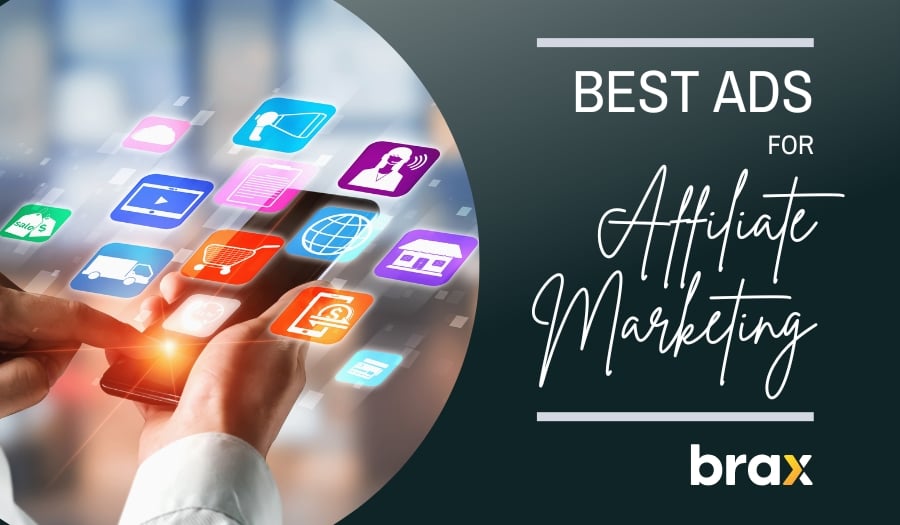
Now, here comes the big question that's worth its weight in gold: "How do I get eyeballs on my affiliate offers?" Think of it this way — planning the most amazing party won't mean much without guests to enjoy it. Similarly, your affiliate marketing success hinges on attracting visitors to your offers.
In the realm of affiliate marketing, your affiliate offers are like the main event of this party. But how do you get the crowd to RSVP? Don't blink: we'll answer this pressing question and a few more today.
But first...
What is Affiliate Marketing Really?
Affiliate marketing is kind of like being a digital middleman. You're connecting folks (the customers) with the products or services they're looking for, and these come from another company (the merchant).
It's like you're throwing a party (your affiliate website), and you're introducing your friend (the customer) to this super cool person you know (the product or service). When they hit it off and decide to take things to the next level (make a purchase), you get a thank-you gift (a commission) for playing matchmaker.
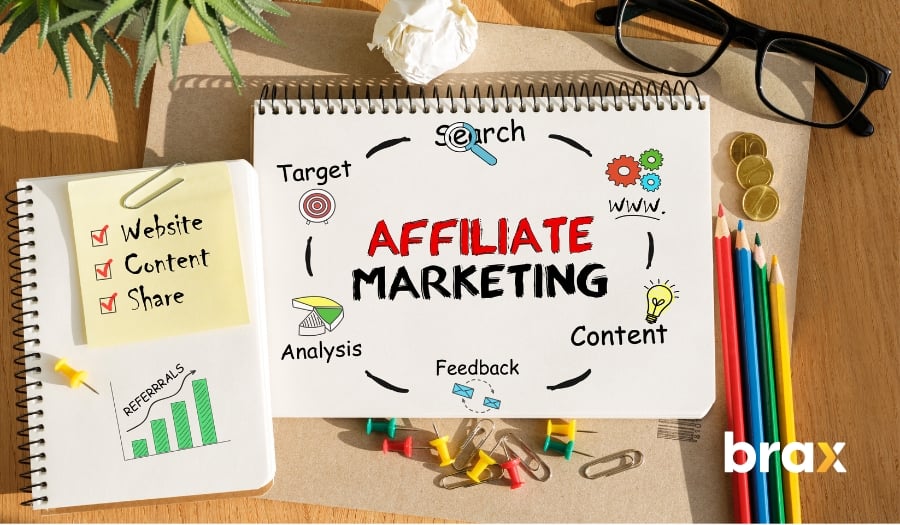
So, you're probably wondering how to find products or services worthy of promotion. There are several routes to explore.
You might consider enlisting in an affiliate network, akin to hiring a top-notch event organizer who's got the scoop on the town's most sought-after personalities (read: premier products or services). Or, you could partner up directly with a company if there's a specific product or service you really believe in.
They usually provide you with an affiliate link and other useful marketing materials. For the sale or commission to be counted towards you, your referrals must use your affiliate link.
Curious about how the payday works? Generally, it hinges on a percentage of each sale, but sometimes it could be a set amount per sale or lead brought in. The bottom line is, the more effective connections you create, the fatter your wallet gets!
How Can I Bring Traffic to My Affiliate Links?
So you've got your affiliate links ready and you're raring to go. But how do you steer the online crowd toward them? Well, let's delve into some traffic-driving strategies.
Of course, SEO (Search Engine Optimization) is always the primary option. SEO is like leaving breadcrumbs for search engines to follow, leading them straight to your affiliate site.
By optimizing your site with relevant keywords, providing quality content, and ensuring a user-friendly experience, you'll increase your visibility on search engine results pages. This organic traffic is valuable, but it can take time to build up. Anytime from months to years!
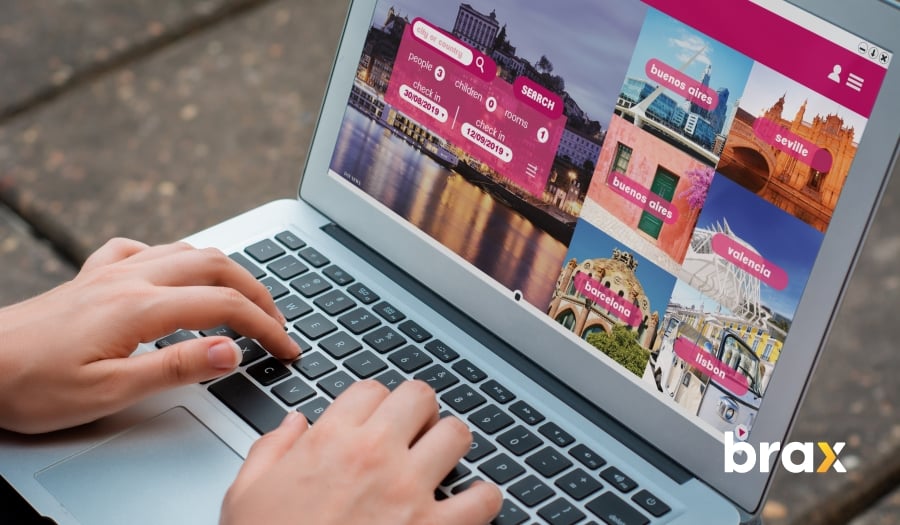
Now, if you want a faster route to getting traffic, enter the world of paid ads. Think of them as your digital billboards, strategically placed where your potential customers hang out online.
Paid advertisements, like those offered by Google, Facebook, and Outbrain, enable you to zero in on your audience using their demographics, interests, and frequented websites, among others. While there's a cost involved, the precision in targeting and instant exposure can drive significant, immediate traffic to your affiliate links.
Plus, most platforms provide analytics, so you can tweak your campaigns for maximum effectiveness. So, while search engine optimization is playing the long game, paid ads can provide that quick traffic boost to your affiliate marketing needs.
Is Paid Ads Better than Organic Traffic?
The debate between paid traffic and organic traffic isn't about which one is universally better, but rather which is more suitable for your specific needs and circumstances.
Paid ads offer instant visibility and quick results. They allow precise targeting, ensuring your content is seen by the right people at the right time. This makes paid advertising an excellent choice for short-term campaigns — such as for affiliate marketing purposes.
Conversely, organic traffic that's cultivated via SEO tends to accumulate over time and generally offers a more enduring presence. Search results that are organic often enjoy higher click-through rates and can serve as a trust and credibility booster for your website — provided you have one.
However, climbing the ranks of search results can require significant time and effort. By the time you gain traffic from search engines, the product you are promoting might already have ended its affiliate program!
So for affiliate marketing campaigns, paid traffic is the best route.
Top 5 Paid Ads Types to Try for Affiliate Marketing
Now that we've underscored the effectiveness of paid traffic as a top-notch strategy for steering users toward your affiliate links, it's time to delve into the different ad options at your disposal for affiliate marketing.
While there are a multitude of paid options available, we'll focus only on the top five.
1. Pay-Per-Click (PPC) Ads/Search Ads
PPC advertising means you pay for every click you receive, whatever the ad type may ber. However, when talking about PPC ads recently, people often point towards Search Ads, which appear on the top results when you search for something using a search engine. The biggest provider of Search Ads right now is none other than Google Ads.
Search Ads at the top of results are not there by accident, oh no! They've won their spot in an intense battle royale known as the Ad Auction. This isn't an auction where the highest bidder takes the cake, though. Search engines like Google use this process to weigh both the relevance and validity of ads before they grace their SERPs (Search Engine Results Pages).
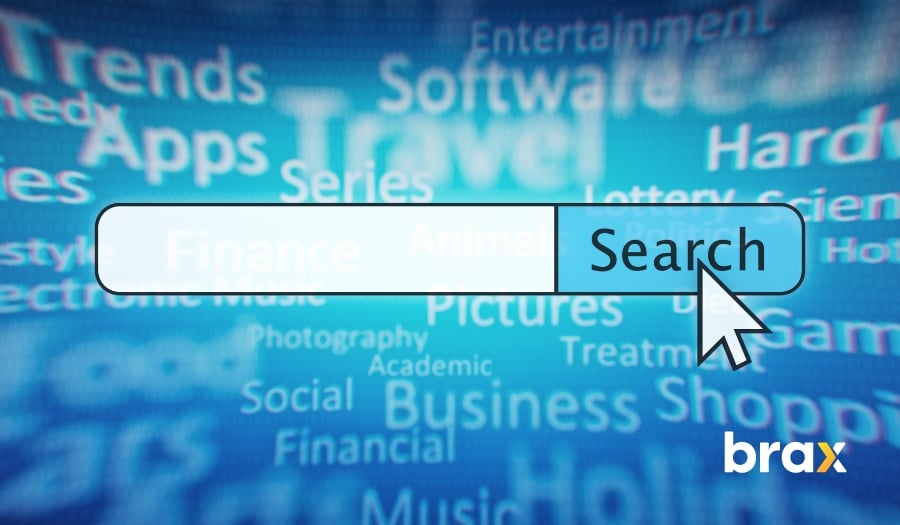
In essence, PPC is your golden ticket to tap into the river of search engine traffic. You create your shiny ad, bid on the magic words (aka keywords), and voila! You only pay when your ad receives a click (as I said, pay-per-click). It's like a pay-as-you-go cell phone plan for website traffic!
Now, you might be thinking, "Do I need a website for this?" Absolutely! Your ad needs a place to send those curious clickers. This could be your main website, a dedicated landing page, or a special offer page. The key is to make sure wherever your ad sends people, it matches what your ad promised.
Search ads can be a powerful source of traffic, but they come with their own set of challenges. Here are some potential downsides to consider:
- Cost: Running search ads can be expensive, especially for highly competitive keywords. If not managed carefully, costs can quickly escalate, eating into your profit margins.
- Complexity: Search ads require a good understanding of keyword research, bidding strategies, and ad optimization. There's a steep learning curve, and it can be time-consuming to manage.
- High Competition: Popular niches are highly competitive in search advertising. You're competing not just with other affiliates but also with the companies whose products you're promoting. Make sure to check with the affiliate program or affiliate networks for any negative search keywords to apply.
- Ad Policies: Platforms like Google have strict policies regarding what can be promoted and how. Non-compliance can lead to your ads being disapproved or even your account being suspended.
Remember, these challenges don't mean that search ads aren't worthwhile for affiliate marketing. They simply highlight the importance of going in with a clear strategy, regularly monitoring and optimizing your affiliate marketing campaigns, and balancing your use of search ads with other marketing methods.
2. Display Ads
In the simplest of terms, Display Ads are essentially graphic ads that appear on websites. But unlike traditional roadside billboards, these digital masterpieces have a few more tricks up their sleeves.
Display Ads are a diverse bunch, encompassing everything from static images and animated GIFs to videos and interactive content. They're not just stuck in a rectangular box; they can occupy any part of a website and morph into an array of shapes and sizes — think petite square boxes or full-page takeover ads.
Now, for their secret weapon: precision targeting. Display Ads can be fine-tuned to reach users based on geographical location, browsing habits, and even personal interests. Imagine having a billboard that selectively flaunts your ad to onlookers likely to be intrigued by your offerings. Quite impressive, isn't it?
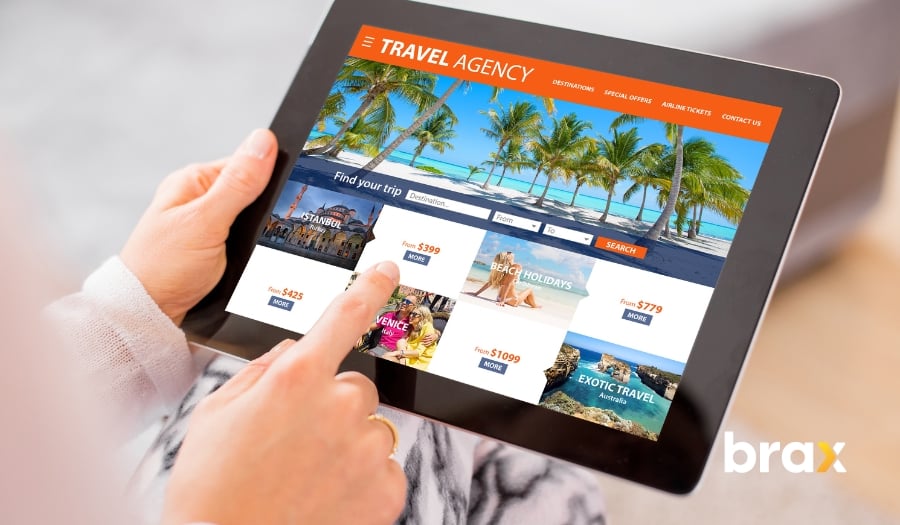
But where do you buy these Display Ads? Well, there are several platforms where you can purchase them, such as Google Ads and BuySellAds. These platforms provide you with tools to create, target, and optimize your display ad campaigns.
And how do they work? When a user visits a website, the website sends out a "bid request" to an ad exchange. The bid request contains information about the user and the website. Advertisers then bid on the opportunity to show their ad to that user. The highest bidder gets their ad displayed. This entire process happens in milliseconds!
Crafting a potent Display Ad calls for a blend of captivating visuals, gripping ad copy, and a distinct call-to-action (CTA). Keep in mind, your ad isn't merely vying with other ads for attention; it's in a race against every piece of content on the page. So, ensure it makes a splash!
While Banner Ads can certainly be a powerful tool when wielded correctly, they do come with their fair share of challenges:
- Less Relevant: Display ads can sometimes pop up on pages that are about as relevant to your product as a fish is to a bicycle. This lack of relevance can lead to lower click-through rates and conversions.
- Ad Blockers: The rise of ad-blocking software is like kryptonite to display ads. With more and more users employing these tools, your meticulously crafted ads might never see the light of day on some screens.
- Banner Blindness: It's a real thing! Many online users have developed a sort of 'ad immunity', subconsciously ignoring banner-like information. In other words, your display ad could be lost in the sea of online content and go unnoticed.
- High Competition: The digital space is a crowded one. With so many businesses vying for attention, it can be difficult for your display ad to stand out from the crowd.
- Requires Design Skills: Unlike text-based search ads, display ads require some level of graphic design skill to create visually appealing ads. If you don't have these skills in-house, you may need to hire a designer.
Remember, while these challenges may seem daunting, they're not insurmountable. With the right strategy and optimization, display ads can still play a valuable role in your affiliate marketing efforts.
3. Native Advertising
Meet the Native Ads — the masters of disguise in the advertising universe. These ads effortlessly merge with the website they inhabit, mimicking the aesthetics and vibe of the adjacent content. This high-quality traffic aim to offer a smoother, more immersive user experience than display ads and other disruptive ad types.
Imagine you're browsing your go-to news site or social media timeline. You encounter a post or article that seems identical to the rest, but on closer look, you spot it tagged as "sponsored" or "promoted." Voila! You've just stumbled upon a native ad!
Now, the beauty of native ads is in their subtlety. They don't scream "I'm an ad!", but rather whisper it, making them less intrusive and more likely to be viewed by users. They can be used for a variety of purposes, from brand awareness and engagement to driving traffic and conversions. Plus, because they fit the form and function of the platform, they often perform better than traditional display ads.
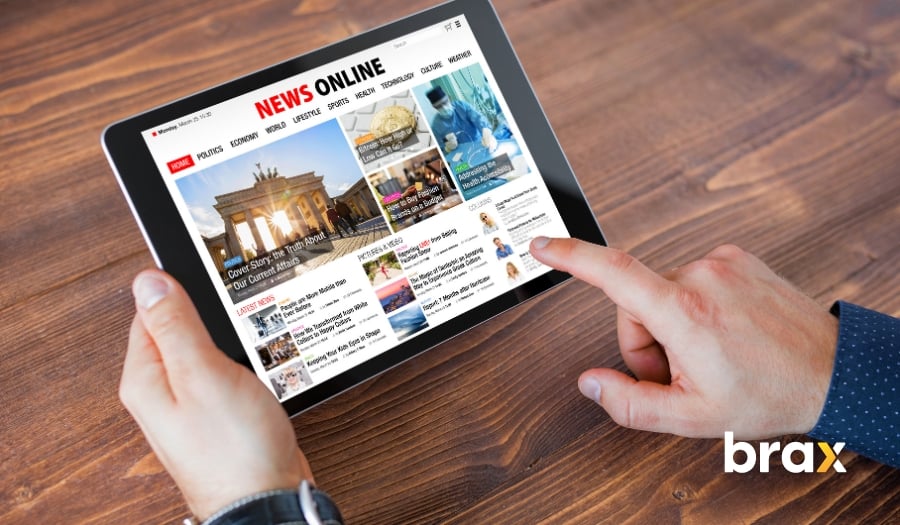
You can purchase native ads on platforms like Taboola, Outbrain, and more. Check our complete list of native advertising platforms for the best paid traffic sources.
However, just like any other type of advertising, native ads have their challenges.
- Cost: Compared to other forms of advertising, native advertising can be more expensive than banner ads, but possibly less costly than search ads when your affiliate campaigns are created right.
- Regulations: There are strict regulations around native advertising to prevent misleading content. Non-compliance can lead to penalties and damage to your website's reputation. Bigger native ads platforms are more restrictive with the types of ads they allow, so make sure you go through all the platform rules to prevent getting banned.
- Measurement Challenges: Tracking the performance of native ads can be more complex than traditional ads. Not all platforms provide detailed analytics, making it harder to measure success and optimize your campaigns. But we have a solution for that — and that's Brax.
Brax.io is like the Swiss Army knife for affiliate marketers using native ads. It offers a centralized dashboard where you can manage, optimize, and scale your ad campaigns across multiple networks all in one place. You can track performance with detailed analytics, manage budgets, carry out A/B testing, and even automate optimization based on set rules.
It's a major time-saver, integrating with popular ad networks like Taboola, Outbrain, and Revcontent. In short, Brax.io streamlines the complexities of handling native ads, letting you focus more on crafting engaging content and growing your affiliate business.
Curious to see how it works? Book a free demo today and see how your affiliate business can be boosted.
4. Social Media Ads
Social ads are essentially ads that are displayed on various social media platforms. These platforms can include Facebook, Instagram, Twitter, LinkedIn, and TikTok, among others. These ads are specifically designed to engage users, drive traffic, and ultimately, lead to conversions.
Now, where can you purchase these ads? Directly from the social media platforms themselves, of course! Each platform has its own advertising service — Facebook and Instagram have Meta Ads, Tiktok has TikTok Ads, and so on. They all offer a self-service system where you can set up and run your own ad campaigns.
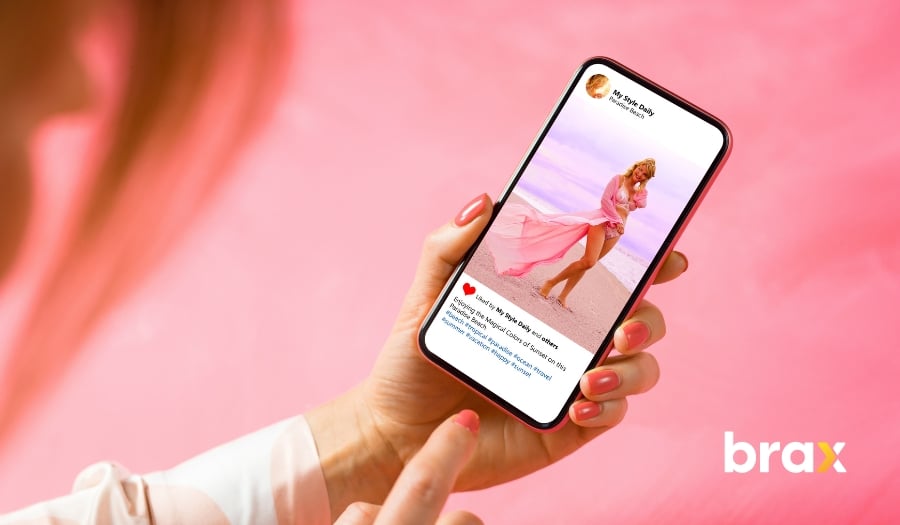
For affiliate marketing, social media can be a powerful tool. You can create ads that promote your affiliate products or services, and direct users to your affiliate links.
The biggest benefit of using social media ads is the hyper-targeting of audiences. Imagine being able to target someone aged 30 located in Beverly Hills who likes watching superhero movies! Yes, social media advertising can be as laser-focused as that.
While social ads can be a powerful tool for affiliate marketing, they're not without their challenges. Let's discuss some of the potential downsides:
- Cost: Social media advertising is not free. You need to invest money to run ads and the cost can add up quickly. The more targeted your ads are, the more costly it becomes!
- Time-Consuming: Creating, testing, and optimizing ads can be a time-consuming process. It requires constant monitoring and adjustment to ensure your ads are performing well.
- Ad Fatigue: Users can become tired of seeing the same ads over and over again, leading to ad fatigue. This can result in lower engagement rates over time.
- Competition: The digital space is crowded, with thousands of businesses vying for attention. It can be hard to stand out and grab users' attention, especially since your audience is already on a platform that's meant to capture the user's attention every single time.
Despite these challenges, many affiliate marketers find success with social media ads by staying adaptable, continually learning, and refining their strategies based on performance data. Just be ready to thrust your wallet out.
5. Video Ads
Imagine you're about to watch that super hyped-up movie trailer on YouTube, and just when the suspense is building, a wild advertisement appears! That's a video ad for you. It's like an uninvited guest who shows up right before the main event but can sometimes bring good news or make you discover something cool.
Video ads are like the movie trailers for products or services — they're designed to grab your attention, ignite your interest, and hopefully, make you want to learn more or even buy something. They can pop up anywhere in the digital world: before, during, or after your main video on platforms like YouTube (cue the dramatic gasp for 'in-stream ads'), or as standalone ads in your social media feeds.
Video ads are a diverse bunch, similar to the array of candies in a candy store. They range from in-stream ads that you can skip (think of it as an optional side quest) or can't skip (more like a compulsory road trip on your video voyage), to bumper ads that hang around just long enough for a quick hello, and out-stream ads that dare to wander beyond the confines of video players.
Think of every affiliate offer you want to promote as a unique dance number. Each one requires its own choreography, rhythm, and flair. It's the same with preparing custom video ads — each affiliate offer needs its own tailored video.
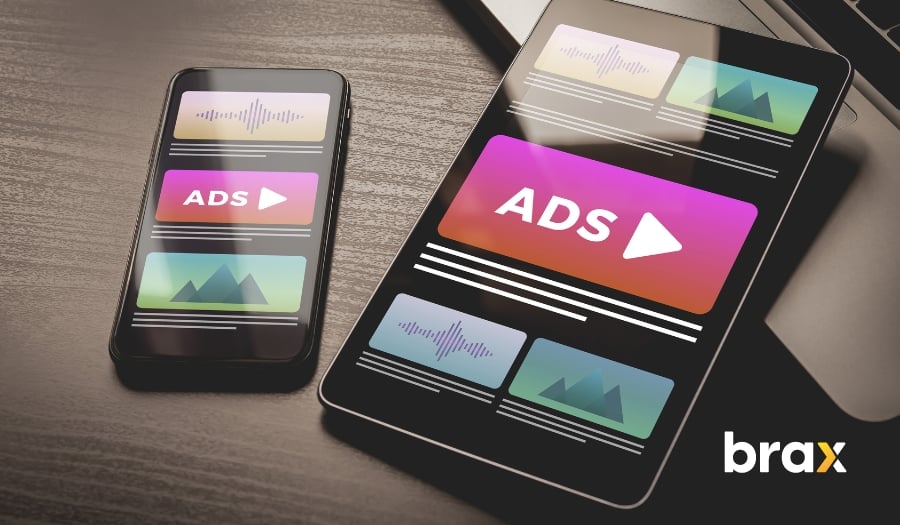
But before you hit that record button, let's talk about what makes a video ad really boogie.
- Understand the Product: Just like you can't dance without knowing the steps, you can't create a convincing video without understanding the product. Use it, know it, love it. Your genuine experience will shine through in your video.
- Know Your Audience: Different dances appeal to different people, right? The same goes for your audience. Craft your video to resonate with them. Understand their needs, desires, pain points, and how the product can benefit them.
- Engaging Content: Make your video entertaining or informative (or both!). This could be through humor, interesting facts, or emotional storytelling. Remember, you're not just selling a product, you're providing value.
- Clear Call to Action (CTA): After dazzling your audience with your dance moves (or your video), don't leave them hanging! Clearly guide them on what to do next — click the link, sign up, buy the product, etc.
- Quality Production: You wouldn't perform on a stage with poor lighting and sound, would you? Similarly, ensure your video has good lighting, clear sound, and decent editing. You don't need a Hollywood budget, but a little effort goes a long way. In a world where user content is accepted as more trustworthy, you should test between a simple phone recording against a well-made promo video.
The biggest downside here is that producing videos can take a lot of time and effort, not to mention the cost of actually paying for the video to be shown. And what if you have more than one affiliate product you want to promote? This can pile up a lot.
However, in a world that is increasingly video-oriented, video ads can definitely give your affiliate marketing campaigns an edge.
Final Thoughts
And there you have it, folks! You've just taken a deep dive into the five top-notch ad types that are ready to give your affiliate marketing efforts a serious boost. These aren't just your run-of-the-mill ads; think of them as your round-the-clock marketing superheroes, ready to swoop in, grab attention, pique interest, and drive conversions.
But let's not forget, the realm of affiliate marketing is a lot like a high-stakes poker game — it's constantly changing, and you've got to know when to hold 'em, fold 'em, walk away, and when to run. It's all about understanding your audience, creating irresistible content, and playing the right ad card at the right time.
If you need assistance in this aspect, don't hesitate to contact us! Our expert marketing team is here to help you, whether to simply give great advice or to hold your hand throughout the entire process. We got you!

